Key Takeaways
- Aging hardware limited modern Zelda games on the original Switch, causing frame drops and long load times.
- Confirmation of the upcoming Nintendo Switch 2 gives hope for impactful improvements and backwards compatibility.
- The Switch 2 should address performance issues in Zelda games like Breath of the Wild and Echoes of Wisdom.
The Nintendo Switch revolutionized gaming with its hybrid design, but its aging hardware often struggled to keep up with the ambitious visions of modern Zelda games. Titles like The Legend of Zelda: Breath of the Wild and Tears of the Kingdom pushed the boundaries of open-world gameplay, but this ultimately came at a very large cost that only the next Nintendo Switch can truly make up for — frequent frame drops, long load times, and hardware limitations that hindered their full potential.
While the next Nintendo Switch has yet to be formally announced, there have been confirmations that its reveal is on the way. What’s more is that the console has been confirmed to be backwards compatible, so players can enjoy their favorite Nintendo Switch games on it, including the past few Zelda games. As such, when the console finally arrives, it should be a godsend for modern Zelda games, since a new Switch console potentially means a chance to rediscover these adventures as they were truly meant to be experienced.
1:34
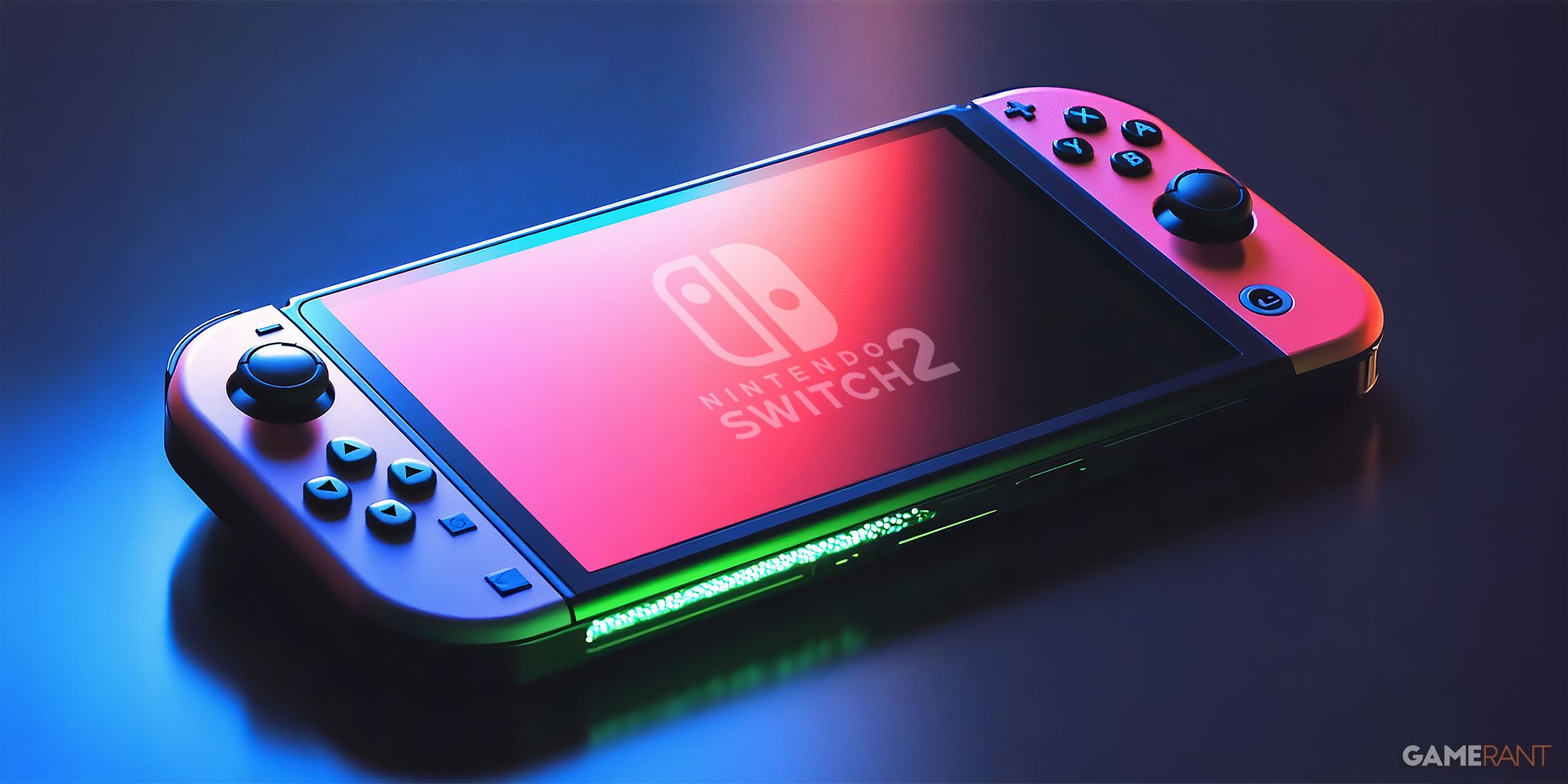
Related
The Nintendo Switch 2’s Backwards Compatibility Says a Lot About the Console’s Design
Now that the Nintendo Switch’s successor has been confirmed to be backwards compatible, there are some lofty suggestions made about its design.
Modern Zelda Games Will Benefit Hugely From the Nintendo Switch 2’s Backwards Compatibility
The Last Few Zelda Games Have Arrived With a Lot of Performance Issues
While the performance issues many players encountered in the last few Zelda games have all been fairly similar, each game still launched with its own unique quirks that were likely caused by the Nintendo Switch’s inability to handle their requirements. The Legend of Zelda: Breath of the Wild, for instance, launched with major frame drops in certain areas, particularly dense forests like Korok Forest and villages like Kakariko. Frames in these areas would sometimes reach lower than 30 FPS, primarily when the screen was filled with effects like foliage movement, weather, or smoke.
Zelda: Breath of the Wild
would also experience noticeable frame drops when in docked mode, as the game struggled to remain stable in the higher resolution.
Zelda: Tears of the Kingdom was a fairly similar story, struggling to maintain its target frame rate of 30 FPS in certain scenarios like areas with dense foliage or high enemy activity, using Ultrahand or other abilities that manipulate multiple objects in the environment, and navigating expansive open areas with dynamic weather effects. Speaking of Link’s Ultrahand ability, it would occasionally cause significant slowdowns when handling numerous objects simultaneously, especially in physics-intensive interactions. Additionally, the addition of sky islands and underground caverns occasionally caused pop-in issues and reduced performance during rapid traversal, such as diving from the sky to the surface.
In the most recent Zelda title, Zelda: Echoes of Wisdom, the performance was initially staggeringly low, showing the age of the Switch’s hardware more than any Zelda game before it. Despite having a target frame rate of 60 FPS, Zelda: Echoes of Wisdom would often hit immersion-shattering frame drops just when exploring Hyrule’s Overworld. Of course, these dips wouldn’t have been as noticeable if there had been an option to cap the game’s frame rate at 30 FPS, as it was the 60 FPS target that was ultimately causing the issues. Fortunately, several patches have been released for the game that have improved that performance somewhat.
The Nintendo Switch 2 Should Alleviate Any Remaining Performance Issues in Modern Zelda Games
Now, with the Nintendo Switch 2 reportedly on the horizon, these modern Zelda games that once had performance issues (and still do to some extent) should theoretically see those issues erased when played on the new console. This is all thanks to the Switch 2’s confirmed backwards compatibility, which will allow Zelda fans to play Breath of the Wild, Tears of the Kingdom, and Echoes of Wisdom once again, only on a presumably more powerful console. It will be interesting to see each of these modern Zelda games performing the way they were meant to perform, but the hope is that any future Zelda games developed for the new console will not experience the same issues that their predecessors did on the first Switch.
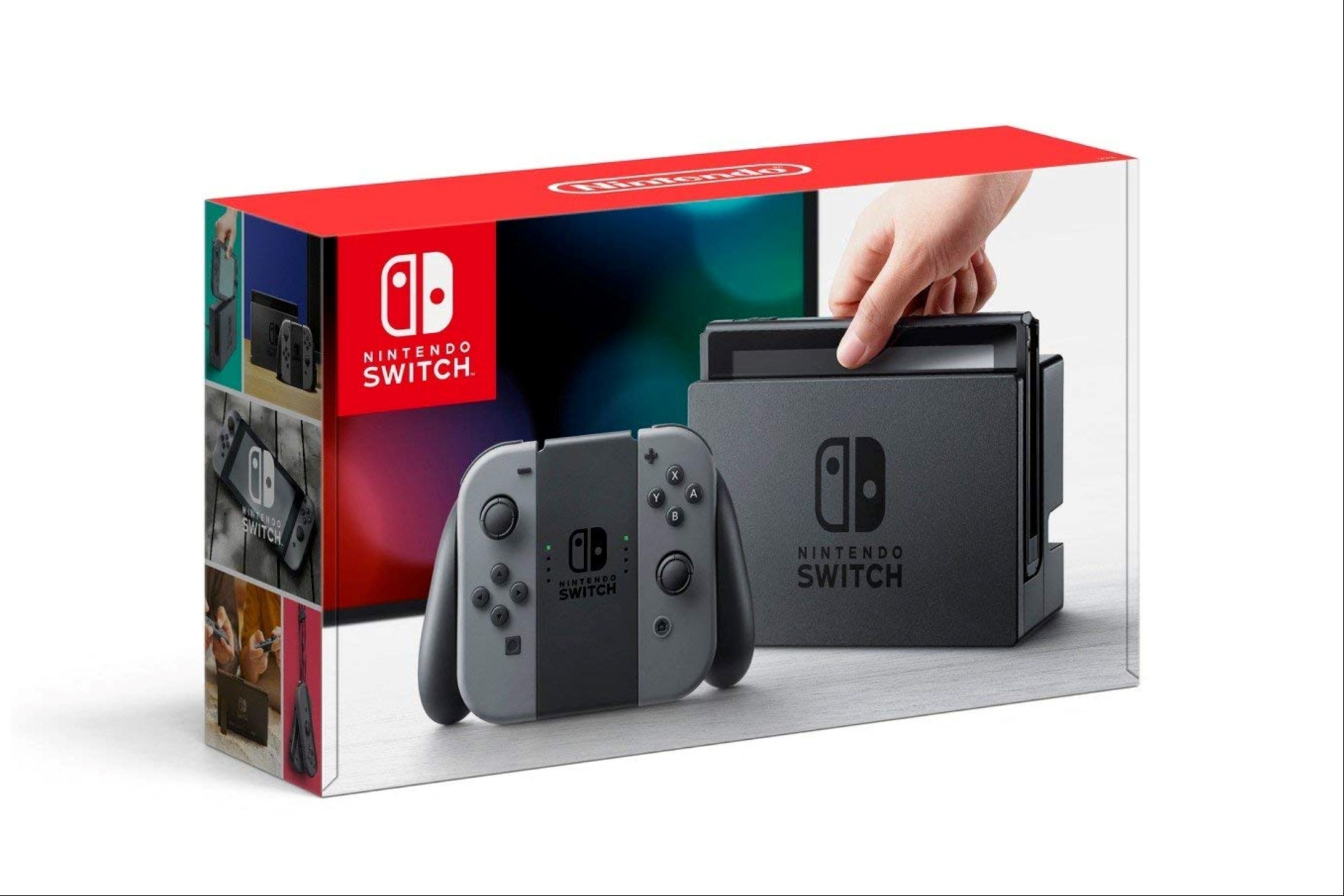
Nintendo Switch
$285 $300 Save $15
The Nintendo Switch is a hybrid portable and home console that aims to be the only gaming system anyone needs. The hybrid controller is an undisputed success because it provides a high degree of portable visual quality and converts easily into a home console.
- Brand
- Nintendo
- Battery
- 1 Lithium Polymer batteries required
- Dimensions
- 13.7 x 7.8 x 3.66 inches
- Weight
- 2.65 pounds
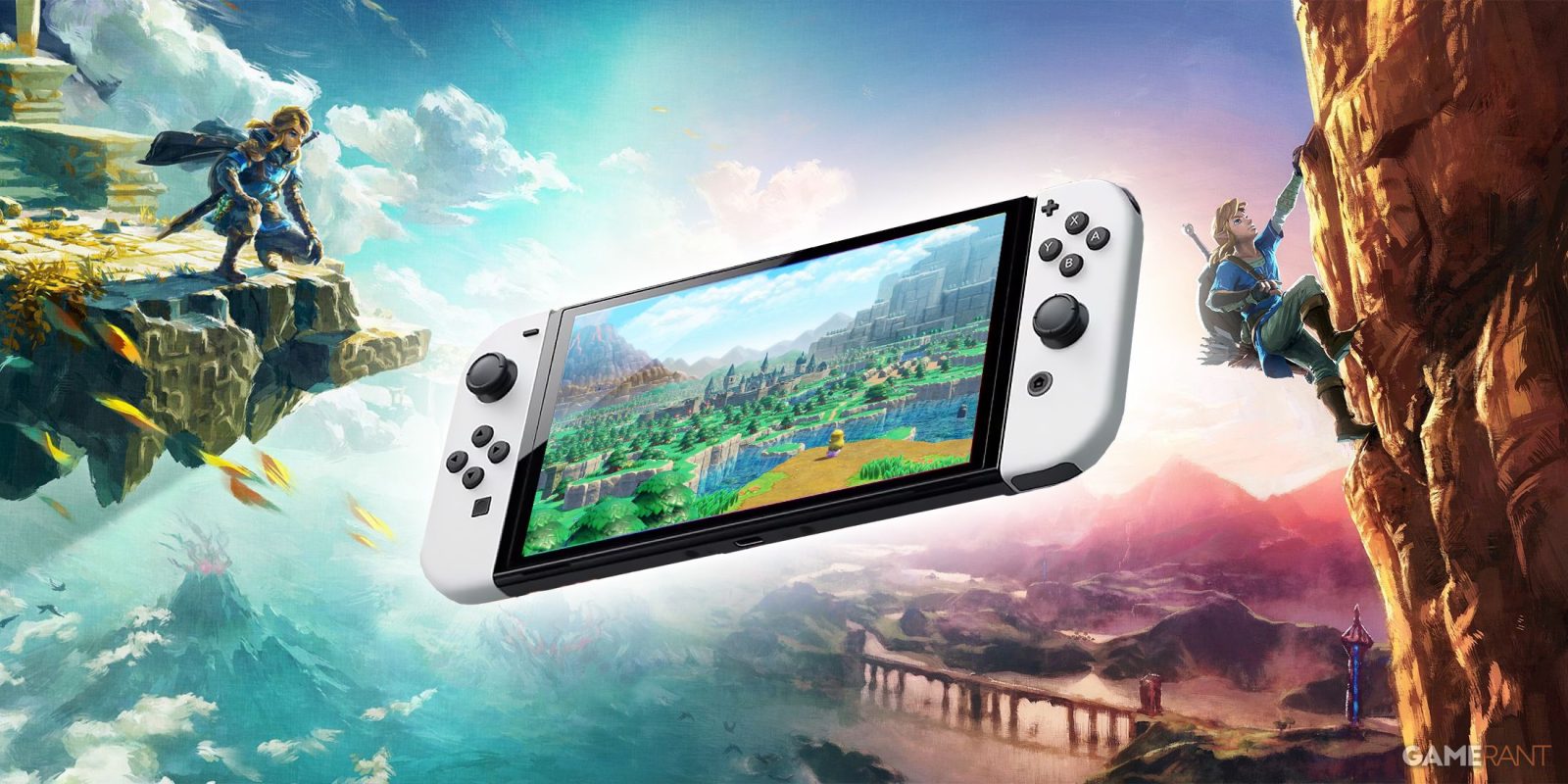
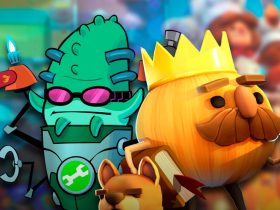
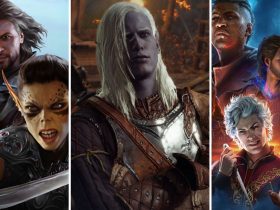
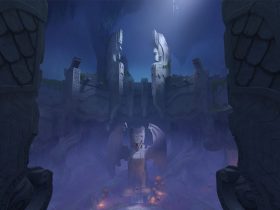

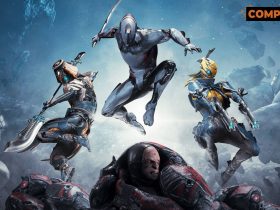
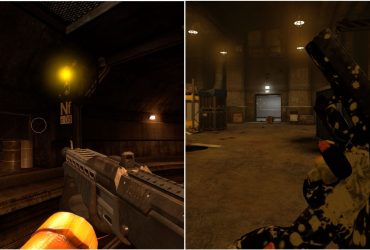
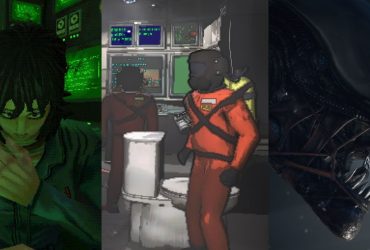
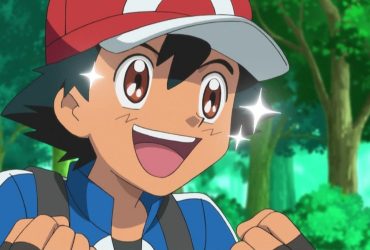
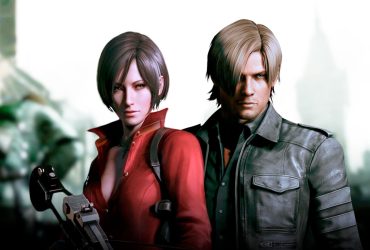
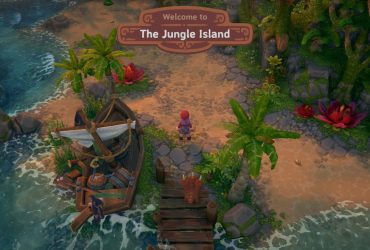
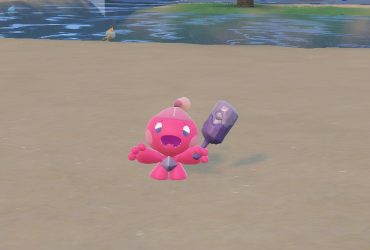
Leave a Reply